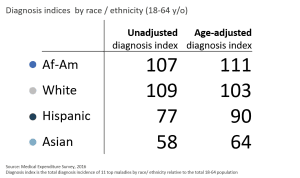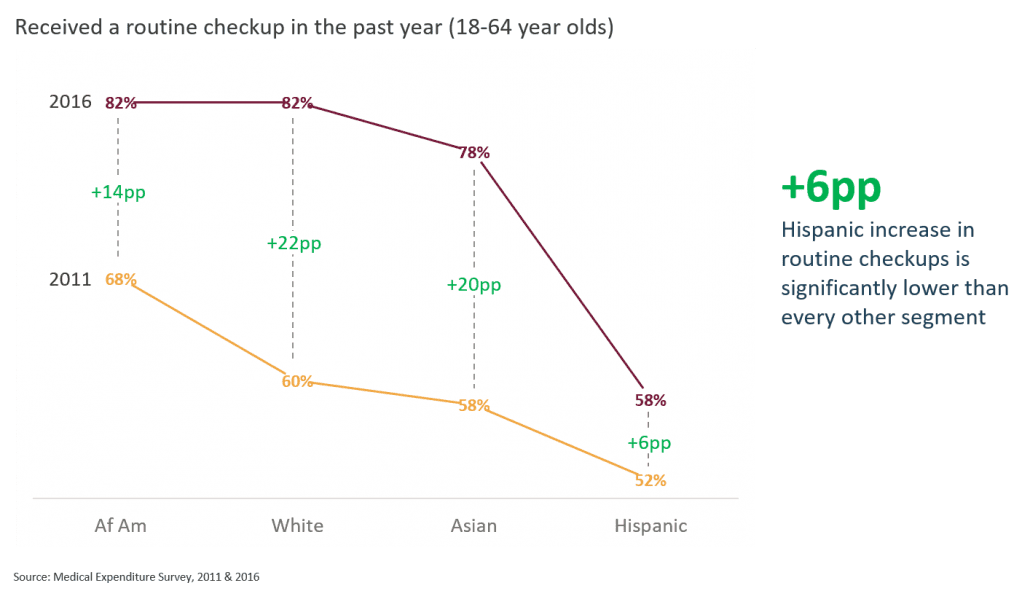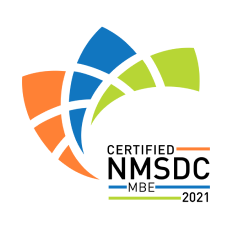Health Care Marketing: The Diagnosis Gaps of Multicultural Consumers
The health care industry is fraught with change. Between insurance legislation changes and the visible rise of health tech, the industry is in constant flux. However, there’s another incredibly important shift occurring inside the doctor’s office, that receives less attention. The increase in multicultural patients.
As a the Big Shift continues and a larger share of the U.S. adult population becomes multicultural, providers will face new, culturally-specific challenges to improve care and drive better health outcomes for these segments.
Our Health Care Marketing initiative examines how these multicultural consumers receive care and interact with the American health care system. What are the systemic and cultural barriers that hinder positive health outcomes? What role could technology play in bridging these gaps?
Diagnosis Gaps
Asians and Hispanics are the least likely to be diagnosed with top afflictions.
Even when we control for youth, since the multicultural population skews younger, they are still less likely to be diagnosed. In trying to understand the reasons behind this, we looked at both systemic barriers and the quality of care.
Hispanics are the least likely to have a usual care provider at 61%, as compared to 75% for Non-Hispanic Whites. In our study, we found that Hispanics tend to want to heal naturally with 47% saying it is generally better to take care of yourself than to go to the doctor, versus 36% of non-Hispanic respondents.
Impact of the Affordable Care Act (ACA)
While the ACA has impacted many Americans, Hispanics continue to lag behind. The 6% increase in routine checkups is drastically lower than every other segment, as shown in the graph below:

Hispanics are also the most likely to be uninsured at 26%, followed by African Americans at 15%. This is partly due to the fact that they are also significantly less likely to have Employer Sponsored Insurance (ESI) at only 45%.
Access the Findings
Please complete the form below to receive more information from Collage Group.
Stay Informed
Email *:
MARKET RESEARCH
SOLUTIONS
fluen.ci App for Cultural Insights
Consumer Research Data & Tools
RESOURCES
Webinar & Events
ABOUT
Who We Are
Collage Group is a certified Minority Business Enterprise (MBE) by the National Minority Supplier Development Council (NMSDC).
©2023 Collage Group

4550 Montgomery Avenue
Bethesda, Maryland, 20814
(240) 482-8260
Stay Informed
Email *:


Collage Group is a certified Minority Business Enterprise (MBE) by the National Minority Supplier Development Council (NMSDC).
©2023 Collage Group



